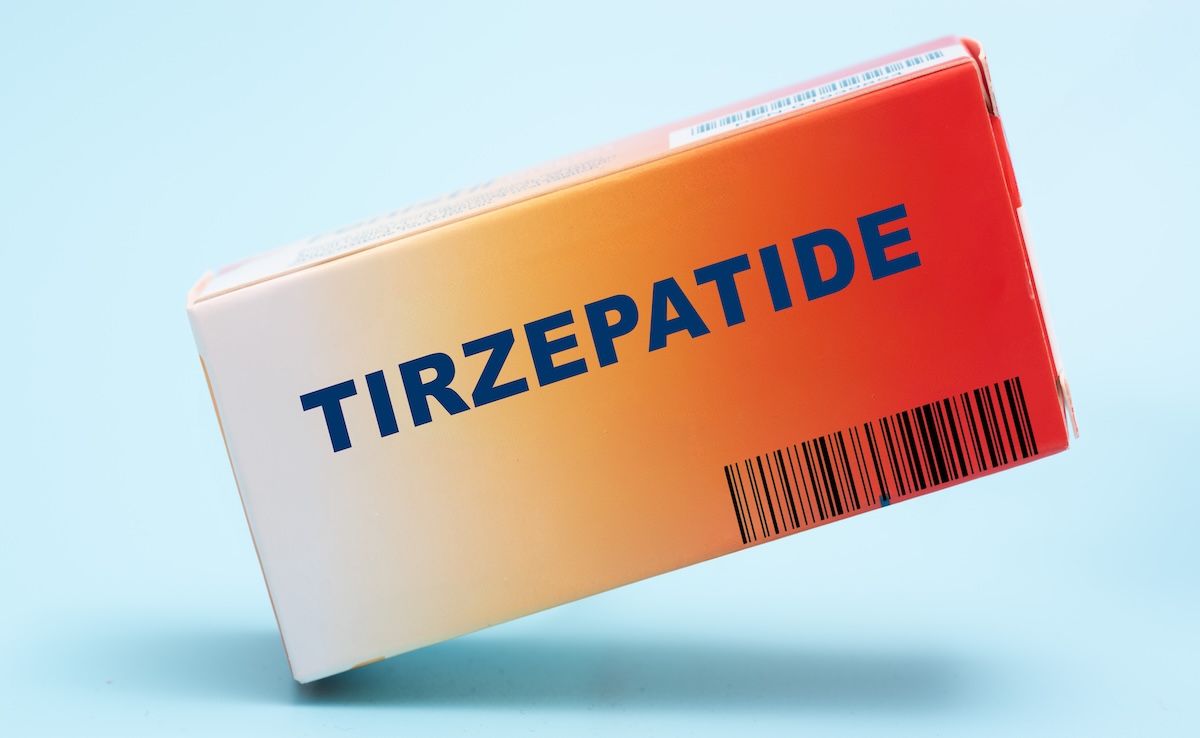News
Article
Exercise May Reduce Chemotherapy-Induced Peripheral Neuropathy Symptoms in Women With Ovarian Cancer
Author(s):
While there is currently no effective treatment for chemotherapy-induced peripheral neuropathy, one of the most common and severe adverse effects for patients who have undergone chemotherapy for ovarian cancer, a 6-month aerobic exercise intervention significantly improved symptoms.
A 6-month aerobic exercise intervention significantly improved chemotherapy-induced peripheral neuropathy (CIPN) symptoms for patients who had completed chemotherapy for ovarian cancer.
These findings are based on a secondary analysis of the Women’s Activity and Lifestyle Study in Connecticut (WALC) and were published in a JAMA Network Open original investigation.
There is currently no effective treatment for CIPN, which is one of the most common and severe adverse effects of chemotherapy and is associated with worse quality of life among survivors of ovarian cancer. It’s important to note that the study only included 134 total participants and more than 90% of them were White. While the study authors mentioned this was the largest randomized study assessing the effect of exercise on CIPN in patients with ovarian cancer, the findings have very limited generalizability and will need to be evaluated in more diverse study populations.
“While replication of the findings in other studies is warranted, incorporating referrals to exercise programs into standard oncology care could reduce CIPN symptoms and increase quality of life in patients with ovarian cancer,” the study authors added.
Of the 134 women in the study, 69 were in the exercise intervention arm and 65 were in the attention control arm. The mean (SD) age was 57.8 (8.3) years and the mean time since diagnosis was 1.7 (1.0) years.
A 6-month aerobic exercise intervention significantly improved symptoms of chemotherapy-induced peripheral neuropathy for women treated for ovarian cancer.
Credit: cottonbro studios - pexels.com

The exercise intervention group participated in a home-based, moderate-intensity aerobic exercise program guided by weekly phone sessions with a certified cancer exercise trainer from the American College of Sports Medicine/American Cancer Society, while the attention control group received weekly health education calls from a WALC staff member. In the exercise group, 83.8% of participants met at least 80% of the exercise goal, with a mean exercise time of 166 (66.1) minutes per week according to daily logs.
CIPN severity was self-measured by participants at baseline and after 6 months of intervention or control using the Functional Assessment of Cancer Therapy/Gynecologic Oncology Group–Neurotoxicity scale, with a score ranging between 0 and 44. At baseline, the mean (SD) CIPN scores were 8.1 (5.6) for participants in the exercise intervention arm and 8.8 (7.9) in the attention control arm (P = .56). At 6 months, the CIPN score in the exercise arm dropped by 1.3 points (95% CI, –2.3 to –0.2) while the control arm actually saw an increase of 0.4 points (95% CI, –0.8 to 1.5) compared with their baseline scores, reflecting a between-group difference of –1.6 points (95% CI, −3.1 to −0.2).
No adverse events were reported. Participants in the exercise group also reported that discomfort in the feet, joint pain or muscle cramps, and overall feeling weak were the most improved CIPN symptoms.
The authors also took a closer look at the outcomes for 127 women that had CIPN symptoms out of the 134 total women in the study. They found that the overall treatment effect was greater among these women, with a score reduction of 2.0 points (95% CI, −3.6 to −0.5; P = .01).
Beyond the aforementioned limitations of this study’s generalizability, the authors noted a few more important limitations that should be addressed in future research. First, CIPN was a secondary outcome in the WALC trial, so replication in ovarian cancer trials with CIPN as the primary focus is needed to validate the observed benefits. The study also lacked objective CIPN assessment and a defined clinically significant threshold for the self-reported scale, which highlights the potential value of incorporating neural function assessments in physical examinations to better understand exercise's impact on CIPN. Finally, the authors said they had limited power for subgroup and interaction analyses.
Despite these limitations, the authors said these findings provide evidence that exercise may help alleviate symptoms of the common chemotherapy adverse effect for which there is no accepted treatment.
“Incorporating referrals to exercise programs into the standard oncology care for patients with ovarian cancer could attenuate CIPN symptoms and increase quality of life,” the authors said. “Exercise could also prolong survival by improving chemotherapy adherence, if future studies show the effects of exercise on preventing CIPN during chemotherapy for patients with ovarian cancer.”
Reference
Cao A, Cartmel B, Li FY, et al. Effect of exercise on chemotherapy-induced peripheral neuropathy among patients treated for ovarian cancer: a secondary analysis of a randomized clinical trial. JAMA Netw Open. Published online August 1, 2023. doi:10.1001/jamanetworkopen.2023.26463





